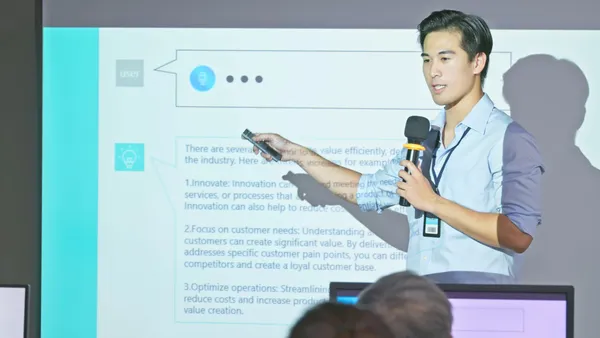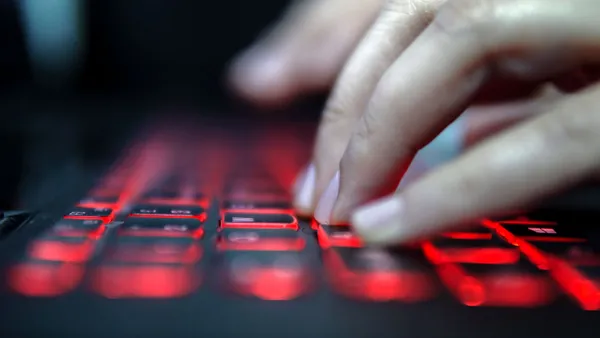Dive Brief:
-
Many districts are looking to instructional technology coaches to help teachers efficiently incorporate ed tech in the classroom, District Administration reports.
-
Research has found 67% of ed tech goes unused, representing a significant area of waste in school spending, but instructional coaches could cut down on that waste by teaching educators how to best implement these tools into instruction and unlock its full potential.
-
In order for instructional coaches to be effective, however, their roles must be clearly defined and their value communicated to teachers. Instructional coaches must also work throughout the school to better provide valuable feedback to administrators.
Dive Insight:
Instructional coaches can provide the support teachers need for ed tech implementation, but they must develop strong connections with those educators, have planning meetings to discuss ed tech integration, work with teachers during implementation, and continue to check in with both teachers and students after that process is complete.
Though coaching does seem to help teachers improve their quality of instruction, some have found it doesn't always drastically improve student achievement. But the practice works best when embedded in a school culture that prizes professional development. Administrators can do that by fostering a sense of purpose built around PD. Once a coaching culture is established, staff foster a growth mindset that encourages educators to take risks and evolve.
Instructional coaching has become the preferred PD approach and gives teachers the opportunity to take on leadership roles. Though schools often want full autonomy over coaches’ roles, Debra Lane, director of talent development at Alexandria City Public Schools in Virginia, believes districts should set expectations about how a coach will be utilized. Otherwise, a coach may find themselves straddled with other non-coaching tasks like subbing or teaching intervention programs.
Despite instructional coaching’s growing popularity, scaling it back to only include teachers who need or desire it is more beneficial than opening it to everyone. In-class cameras give good feedback and can ease the burden of scheduling observations, while also providing educators recordings to revisit and examine what went well and where they might improve.






 Dive Awards
Dive Awards







